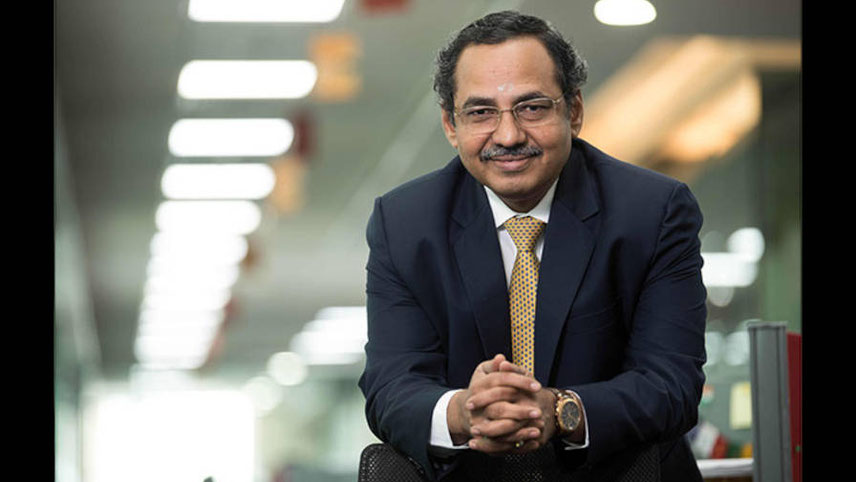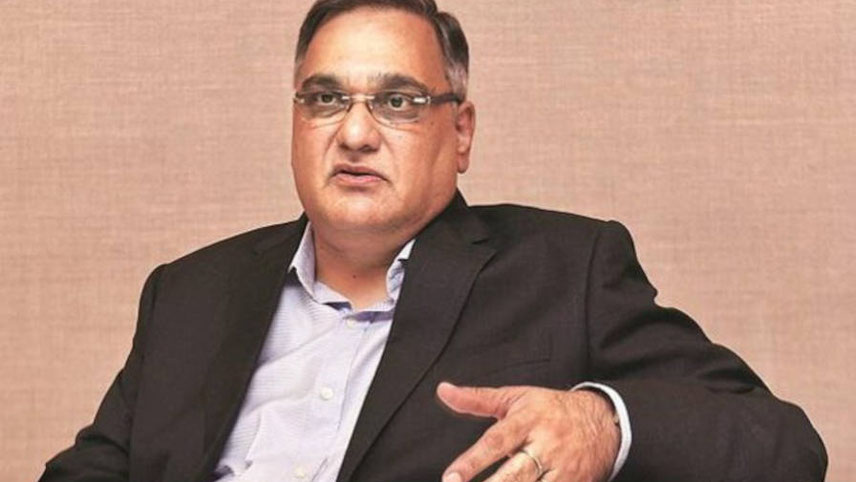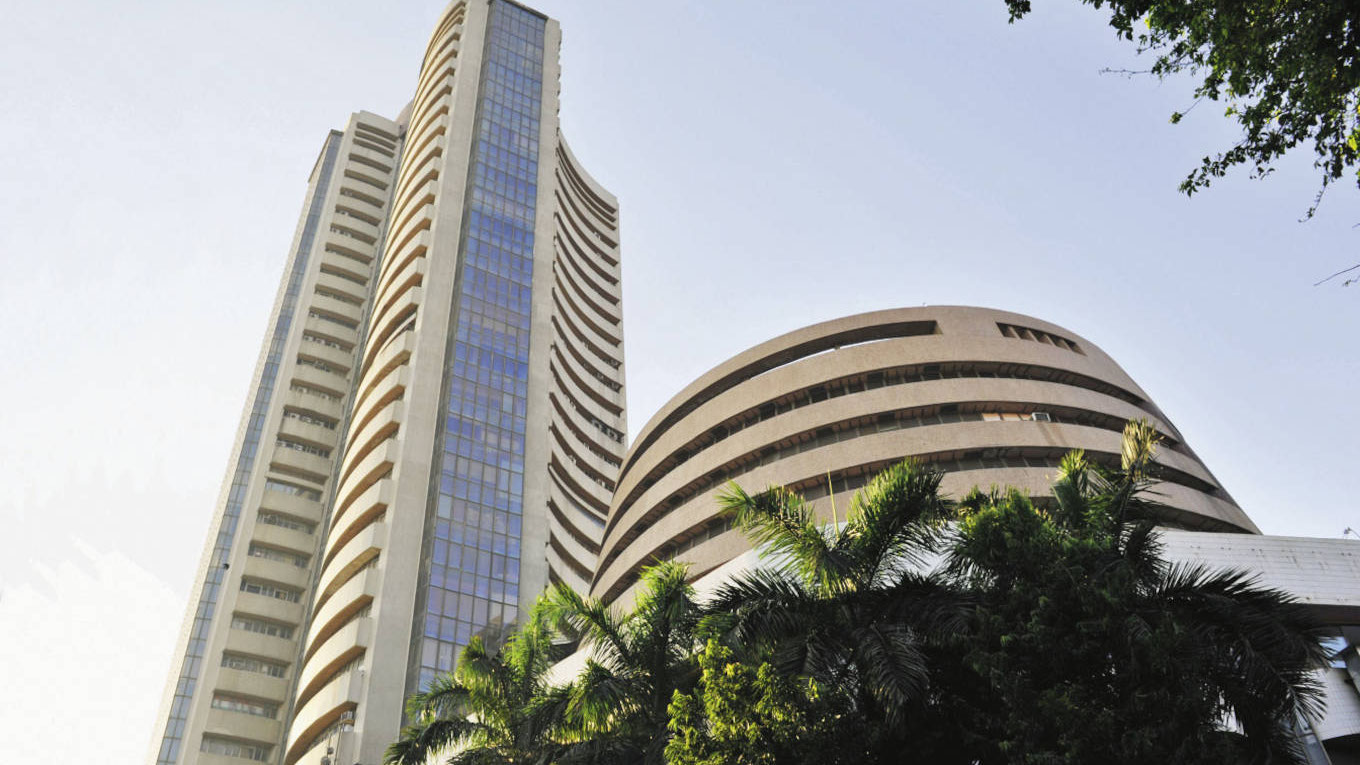-

We are bullish on financial services and FMCG. IT may take a couple of quarters to recover
Paras Matalia, Head of Equity Research, Samco Mutual Fund
Another school of thought is that 7 per cent returns have to be seen in the context of earlier years. “The law of averages sets in,” explains A Balasubramanian, MD and CEO, Aditya Birla Sunlife Mutual Fund. In FY22 the Sensex had given nearly 22 per cent on top of near 16 per cent returns in FY21 and 14 per cent in FY20. The 7 per cent-plus returns have to be seen in this context.
“On an average the markets give returns between 14-18 per cent. After 2-3 years of very good returns, some slowdown in returns was inevitable.” Balasubramanian feels that the year was marked by several factors which impacted markets – high inflation, rising interest rates with a view to anchor inflationary expectations, the Russian factor as also the growth slowdown of corporate earnings in relation to earnings expectations.
He adds: “Earnings are getting back over the last quarter. With metal prices coming down from its highs, several sectors in automobiles and auto ancillaries will benefit. Travel and tourism is also picking up in the service sector. What we are seeing currently is sector rotation. Consumer spending has picked up in big way during the festive season and this is bound to get reflected across sectors. Some sectors like textiles and chemicals may see a possible slowdown. However, buoyancy will remain in the markets.”
FIIs’ flipflop policies – selling low and returning to buy at higher rates during the year – also impacted market sentiments. Collectively they were net sellers in 9 months in 2022 and the collective sales pressed in YTD is -1.28 lakh crore. In the earlier two years they were net buyers to the tune of R1.50 lakh crore. The rising interest rates in the US markets and strengthening of the dollar were also contributory factors for FII exits. While earlier FII exits would have unnerved the markets, this did not really happen, this time round.
The new, intrepid investors whose tribe has been growing exponentially since the Covid period have seen the number of investor accounts with the two depositories, CDSL and NSDL, crossing 10 crores. India, despite the heavy sellers, still continues to be amongst the top 10 best performing markets over a six-month period as also on a YTD basis. The top three markets – Venezuela, Turkey and Argentina – have all given returns of over 100 per cent with the first two giving returns of 170 per cent. Egypt, Abu Dhabi and Chile, the next three, have given returns upwards of 20 per cent while India is the only one to have given single digit returns.
PSUs shine
Even in an otherwise tepid market, some sectors are really a class apart. The PSU index at the BSE which tracks 55 companies has given returns of 24 per cent, which is three times more than that given by the Sensex. And this is on top of 28 per cent returns given in FY22 and 50 per cent in FY21. The marketcap of PSU is around Rs27.50 lakh crore and is more than one-tenth of the total market cap of BSE 500. Some duplication is bound to be present as the BSE 500 index also takes into account the marketcap of all the listed PSU shares.
Across all parameters the PSU shares collectively look relatively cheap compared to other sectors. The p/e ratio of the shares as on 8 December was under 8 and the book value of PSU shares was just 1.14x. One reason for the rerating of the PSU shares is the sheer choice offered by the sector. Of the 55 companies forming a part of the index, 10 comprise of banks. These banks account for roughly 40 per cent weightage of the index.
Amongst these, Bank of Baroda and State Bank contribute the most followed by the petroleum sector with an 18 per cent weightage and power – another 18 per cent. Both life insurance (Life Insurance Corporation) and general insurance companies are not part of the BSE PSU index.
-

On an average the markets give returns between 14-18 per cent. After 2-3 years of very good returns, some slowdown in returns was inevitable
A Balasubramanian, MD and CEO, Aditya Birla Sunlife Mutual Fund
The returns given by PSUs are lower than those given by the metal index. Riding on the boom in commodity metals, prices of coal, steel and aluminium remained at elevated levels during the earlier part of the year. The current fancy is defence and railway stocks. While railway companies have been around for some time, defence companies have caught the eye of investors. In particular Hindustan Aeronautics, BEL and Bharat Dynamics.
The call for becoming self-reliant in defence equipment and materials has helped these companies in securing more orders from the Indian armed forces as also the appreciation of ASEAN countries with hopes of good export orders coming in. While the shares of HAL and BDL have more than doubled since January, BEL is not far behind. Mishra Dhatu Nigam Limited is yet another alloy manufacturing company in the defence sector which is being eyed by investors. News about the company providing material for India’s first warship put the company in the limelight.
The other reason for the fancy of PSU shares across sectors is the high dividends given by the companies. This follows a mandate by the government to distribute at least 30 per cent of the profit or percent of its net worth to shareholders. So it becomes easy for the investor to guess as to how much dividend one could hope for. The guidelines also points out that instead of waiting till the end of the year, when the results are finalised, the companies’ management should give interim dividends during the year.
As a result the dividend yields of the PSU shares are 4.27 per cent – more than the returns given by banks in savings accounts. Of course, yields are much higher, especially in the case of companies in the petroleum and finance sectors. A higher dividend, however, cuts down on the cash requirement for future capacities enhancement. As a result growth in PSU trails behind other sectors over a longer period.
A few fund managers have done well. Azeem Ahmad, head PMS at LIC MF managing around R1600 crore across three funds says that “by and large, PMS have done well. The main advantage of PMS is that they can take concentrated bets on 20-25 stocks. Value play has scored over flagship schemes which were focussed on quality. “LIC Value Funds was ranked amongst the top 2 funds over a 1 year basis.
Ahmad says: “We were fundamentally underweight in IT in the first half of 2022 and increased our exposure to banks since June when the credit offtake was rising. We were concerned about inflation, the magnitude and stickiness of inflation in the US and key developed markets which kept us cautious on exposure to export-oriented companies. We did not take bets on rural consumption, which we feel is still a couple of quarters aways. Within FMCGs however, we took exposure to companies which had a reasonable urban-centric bias. In auto, we looked at four-wheelers and commercial vehicle rather than two-wheelers.”
For individual investors, however, it is not just about getting market returns. There is an unexplained glee derived in investing individually. A false sense of ego in matching one’s stock-picking abilities against the markets. Many investors like to think of themselves as champion stock pickers, matching their wits against the markets. While this works in a bull market where anything and everything moves unidirectionally, up and up, the real skill lies in traversing a normal market.
-

2023 will be a stock-picker’s market. One sector which could see multi-year returns in India is the manufacturing sector
Prakash Kacholia, MD and co-promoter, Emkay Global Financial Services Ltd
“2023 will be a difficult year,” says Prakash Kacholia, MD and co-promoter, Emkay Global Financial Services Ltd, one of the few listed broking companies. While Indian markets have outperformed many of the global markets including US and UK, Kacholia points out: “It will not be a blind run. Investors have a tendency of ignoring geo-political risk. FII funds could seek opportunities in other markets like China. The rationale being that it has under-performed in a big way in 2022. There are chances of returns doubling quickly in such markets. 2023 will be a stock-picker’s market. One sector which could see multi-year returns in India is the manufacturing sector. From China plus 1 it may well be Europe plus 1. The PLI Scheme of the government has really helped and with that, the disposable income of people has also gone up. Amongst manufacturing, I would look closely at auto components, electronics and amongst PSUs, defence stocks.”
“We are bullish on financial services and FMCG. IT may take a couple of quarters to recover,” says Matalia who feels that 2023 will continue to remain a volatile year for the markets. At least till such time as there is a finality seen in the US Fed rate hikes. “It will be a stock-pickers market,” says Balasubramanian.
Markets, however, have a mind of their own and do not get swayed by investor sentiments or expert predictions. For individuals it is best to stay invested and not try to make quick money by timing the markets. In view of global uncertainties, investors should refrain from overextending themselves through borrowings. For risk-prone investors, banks have started giving 7 per cent-plus interest on term deposits for tenures varying from 366 days to 599 days.
Trading in shares is addictive but investing is a game that requires patience. Instead of relying on tips and the advice of experts who abound by the dozen and dole out gratis advice on television programmes, homework done through research will provide more satisfaction to investors. In a growing economy both consumer demand and investment demand will grow and it may well be worthwhile to keep tabs on companies operating in both sectors.
More than external factors, it is the corporate earnings of Indian companies which will have a bearing on Indian markets. It is best for investors to keep on reviewing their own portfolios rather than trying to second-guess policies impacting corporates. The last fortnight of the year may not necessarily set the tone for the following year.
Business India feels that if Indian markets can stand out in such challenging periods around the globe, they will definitely be able to provide better returns in the coming year.





































